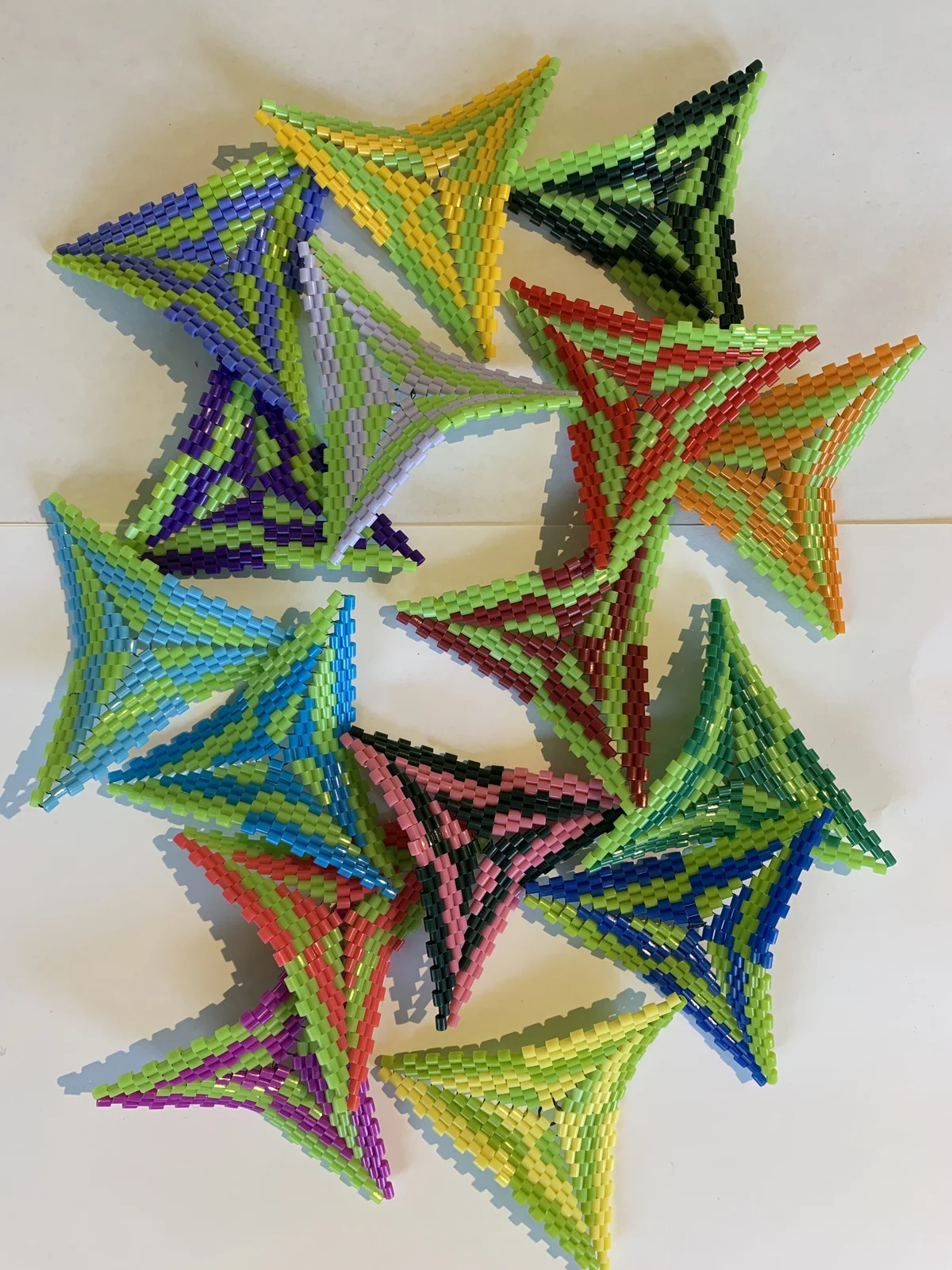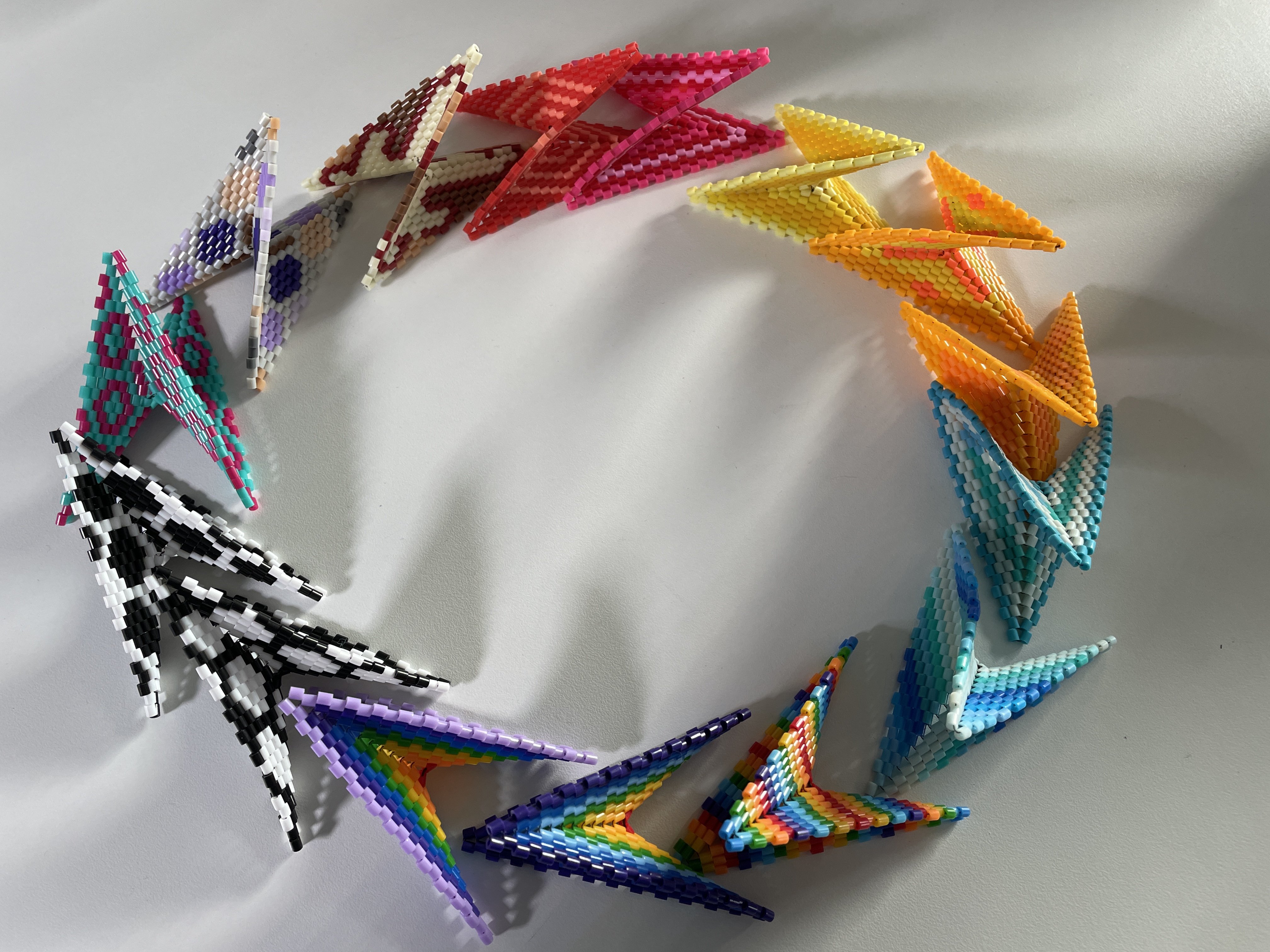
An initiative spearheaded by UBC educators unites Indigenous experience with the foundations of math education.
Dr. Cynthia Nicol, who holds the David F. Robitaille professorship in mathematics and science education, and Dr. Jo-ann Archibald Q’um Q’um Xiiem, a former associate dean of Indigenous education, spent over a decade developing UBC’s Indigenous Mathematics K-12 Network. The project unites Indigenous perspectives, culture and mathematics education to illuminate the possibilities and the practical uses of math.
While teaching on Haida Gwaii, Nicol noticed Indigenous students could experience a sense of alienation from traditional math education, which often incorporated problems that lacked grounding “in what was important to the ... kids and families who were living there.”
The Indigenous Mathematics K-12 Network aims to combat such alienation by considering math education alongside principles of Indigenous story work. In her book Indigenous Storywork: Educating the Heart, Mind, Body, and Spirit, Archibald outlines seven core principles: respect, reverence, responsibility, reciprocity, synergy, interrelatedness and holism. Archibald said incorporating these principles allows students to remain “excited and interested” in math.
While Archibald and Nicol acknowledged the challenges and frustrations that can arise in math education, Nicol said these complex emotions contribute to their work’s importance.
“Thinking about patience and struggle, perseverance — those are all parts of what we want students to learn, and they’re all part of the competencies of the BC math curriculum,” she said.
Rather than relying only on textbooks and worksheets, the Indigenous Mathematics K-12 Network allows a platform for educators to connect, brainstorm and share their work with colleagues, particularly through the Network’s annual symposium.
Educators in the network focus on outdoor and place-based learning. Hands-on activities are also integrated, such as a beading project where students create beaded hypersquares and discussed principles of math and story.
“We had mathematicians, we had teachers, we had kindergarten teachers, we had just a real range of people talking about what they were noticing, what they were thinking, not just about mathematics, but how to be in relationship to story,” said Nicol.
The Network educators frame math in a way that allows students to understand the connections between math and their own lives and communities. This might include using math to make sense of current issues, such as climate change, displacement and reconciliation.
According to Archibald, the Network’s techniques have been highly successful based on educator feedback, with some students even wondering whether what they are learning is “really math.”
Archibald said the teachings explored in the Network, including “learning the cultural background ... and establishing relationships with Indigenous community members or cultural knowledge-holders,” are broadly applicable beyond math.
She encouraged teachers to reach out to Indigenous support staff whose roles include facilitating instructors “with cultural resources or cultural approaches” to create an engaging and culturally-aware environment across disciplines.
Moving forward, the Network has several projects underway, including providing small-seed funding for educator projects, developing a webinar series on culturally-responsive math assessments, and the expansion of a mentorship pilot project currently underway in multiple school districts across the province.
Ultimately, Archibald and Nicol hope the Network can allow students to “enjoy math and [be] challenged by it.”
According to Nicol, mathematics allows students to engage in our natural instinct to seek patterns in the world, exemplified by the fact that “every culture has mathematics in some way.”
For her, math is not only a school subject, but with willing and engaged educators, a “language to express what it is we see.”


